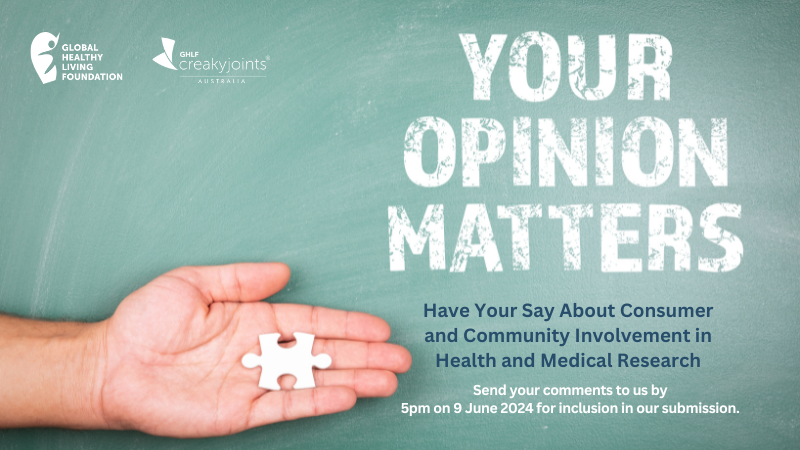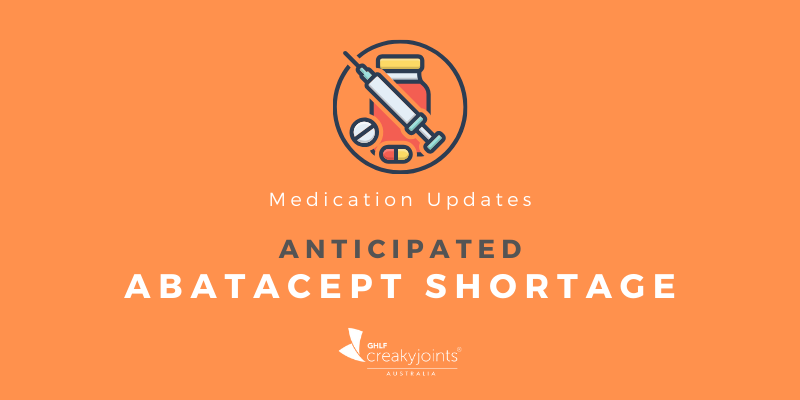

Emotions play a vital role in our lives. Experiencing emotions such as joy, love and fear can benefit humans as a species. When we neglect our emotions, they tend to amplify, become louder and take up more mental space. However, by fulfilling our emotional needs, we can reduce the disruption caused by these emotions and improve our thought processes and daily lives.
Living with a painful chronic condition, such as rheumatoid arthritis, ankylosing spondylitis or psoriasis, is not easy or smooth. It’s a journey that involves managing your emotions and attempting to silence the distracting noise they create. Chronic pain comes with a roller coaster of emotions. You may spin and cycle through these emotions rapidly, feeling sad one moment and happy the next, and sometimes even experiencing prolonged periods of depression.
Understanding Emotional Intelligence
Emotional intelligence (EI) refers to the capacity to identify and manage one’s emotions, as well as those of others. Simply put, emotional intelligence involves recognising emotions, paying attention to them and regulating our thoughts to maintain a positive or neutral mood. Those who practice emotional intelligence have better clarity and can regulate their moods more effectively.
Emotional intelligence is an innate skill that requires consistent dedication and intentional effort to develop expertise. However, did you know that by practising emotional intelligence, you can improve your ability to manage chronic pain?
Emotional Intelligence and Pain Catastrophising
Pain catastrophising is a cascade of negative emotional responses that can occur in response to actual or anticipated pain. It’s interesting to note that imagination plays a significant role in pain catastrophising.
Unfortunately, pain catastrophising is something that many individuals with chronic pain experience. The unpredictable nature of such pain can cause fear, anxiety and overwhelming dread, making pain catastrophising a common occurrence.
If you’re someone with chronic pain, you can probably relate to this. Personally, I’ve experienced my fair share of pain catastrophising. I’ve been so worried about an RA flare and pain that I’ve rearranged my entire day to avoid any potential triggers that could ruin it.
However, pain is a symptom that someone with chronic conditions can never fully ignore. It’s difficult not to catastrophise about it. You may not be in pain now, but it’s only a matter of time before it surfaces, and it could appear without warning. By honing your emotional intelligence, you can better manage the pain and how it affects your life.
Research shows that EI can significantly help with pain catastrophising. According to this study, women who have fibromyalgia, and suffer from chronic pain, tend to have lower emotional intelligence and understand emotions less overall. The ones who develop higher levels of emotional intelligence report lower widespread levels of pain.
5 Tips to Develop Your Emotional Intelligence
Now that you have set a goal of growing your emotional intelligence, here are some steps to help you get started.
- Acknowledge your emotions.Take note of what you are feeling, and when you feel it, and give it a name. If you find it difficult to identify your emotions, set a timer on your phone to check in with yourself a few times a day. Use this time to reflect on what you are feeling.
- Don’t judge yourself for the emotions you experience.If you are not sure what to call a specific emotion, search for an “emotion wheel” online to help you identify it.
- Practice self-awarenessby trying to understand why you feel a certain way every time you check in with yourself. This will become easier over time. You can use techniques like meditation, counselling, talk therapy or life coaching to help you uncover the reasons behind your emotions.
- Recognise your needs and do not ignore them.Your emotions are trying to communicate something to you, so pay attention to them. If you have a physical need such as sleep, hydration or medication, take care of it. If you need to prioritise your mental health, do that.
- Be empathetic and listen to others.Having strong emotional intelligence means being able to identify, understand and work with other people’s emotions. Try to see things from their perspective without judging them. Listen actively, without interrupting or planning your response before they have finished speaking.
- Take a break when necessary.Taking a break gives your brain time to reset and helps you to think more clearly. Most situations can allow for a five-minute break to consider all options and responses. Use this time to collect your thoughts and stay in control of your emotions.
Developing and mastering emotional intelligence can help manage the chronic pain associated with your condition. However, as you can see, it can also benefit all aspects of life. It is undoubtedly worth learning.
This article has been adapted, with permission, from a corresponding article by Stefanie Remson on the CreakyJoints US website. Some content may have been changed to suit our Australian audience.
Join the CreakyJoints Australia Community
Becoming a CreakyJoints Australia member takes just a few minutes. You’ll receive our members’ e-newsletter featuring:
- Reliable information about arthritis types and treatments.
- Tips for managing daily life with arthritis and related conditions.
- Personal stories from people living with similar conditions to you.
- Links to our podcasts featuring interviews with health clinicians and patients.
- Surveys to help us discover what’s important to you.
Follow us on Facebook
We set up our CreakyJoints Australia Community group on Facebook to share our latest news, feature articles, arthritis resources and other content with you. We invite you to provide feedback on any of our posts and chat with each other in the comments. You are also welcome to share ideas about the content you would like us to create or share practical tips for living with arthritis and related conditions.
Keep Reading
- 10 Things to do After an Arthritis Diagnosis: Top Tips From Patients
- Arthritis, Anxiety and Me: Managing My Physical and Mental Health
- How to Access Holistic Allied Health and Rheumatology Support Online
- The Unsung Centrelink Allowance That Helps Lead to Other Benefits
- Managing Exercise, Diet and Stress
Sources
Non-Steroidal Anti-Inflammatory Drugs (NSAIDs). Healthdirect. https://www.healthdirect.gov.au/anti-inflammatory-medicines#side-effects
Interview with Dalit Ashany, MD, rheumatologist at Hospital for Special Surgery in New York
Interview with Petros Efthimiou, MD, rheumatologist at NY Rheumatology Care in New York
Interview with Rajat Bhatt, MD, rheumatologist at Prime Rheumatology PLLC in Richmond, Texas
Jamalyaria F, et al. Ethnicity and disease severity in ankylosing spondylitis a cross-sectional analysis of three ethnic groups. Clinical Rheumatology. August 6, 2017. doi: https://doi.org/10.1007/s10067-017-3767-6.
Jovani V, et al. Challenges to conquer from the gender perspective in medicine: The case of spondyloarthritis. PLOS One. October 12, 2018. doi: https://doi.org/10.1371/journal.pone.0205751.
Non-Steroidal Anti-Inflammatory Drugs (NSAIDs). Cleveland Clinic. January 25, 2020. https://my.clevelandclinic.org/health/drugs/11086-non-steroidal-anti-inflammatory-medicines-nsaids.
Pain relief: Taking NSAIDs safely. Harvard Health Publishing. September 1, 2013. https://www.health.harvard.edu/pain/pain-relief-taking-nsaids-safely.
Rare Diseases FAQ. National Human Genome Research Institute. January 10, 2020. https://www.genome.gov/FAQ/Rare-Diseases.
Reveille JD, et al. Prevalence of Axial Spondylarthritis in the United States: Estimates From a Cross-Sectional Survey. Arthritis Care and Research. January 24, 2012.
oi: https://doi.org/10.1002/acr.21621.
Rusman T, et al. Sex and gender differences in axial spondyloarthritis: myths and truths. Rheumatology. October 14, 2020. doi: https://doi.org/10.1093/rheumatology/keaa543.
Rusman T, et al. Gender Differences in Axial Spondyloarthritis: Women Are Not So Lucky. Current Rheumatology Reports. May 12, 2018. doi: https://doi.org/10.1007/s11926-018-0744-2.
Wang R, et al. EPIDEMIOLOGY OF AXIAL SPONDYLOARTHRITIS: AN UPDATE. Current Opinion in Rheumatology. March 2018. doi: https://doi.org/10.1097/BOR.0000000000000475.




